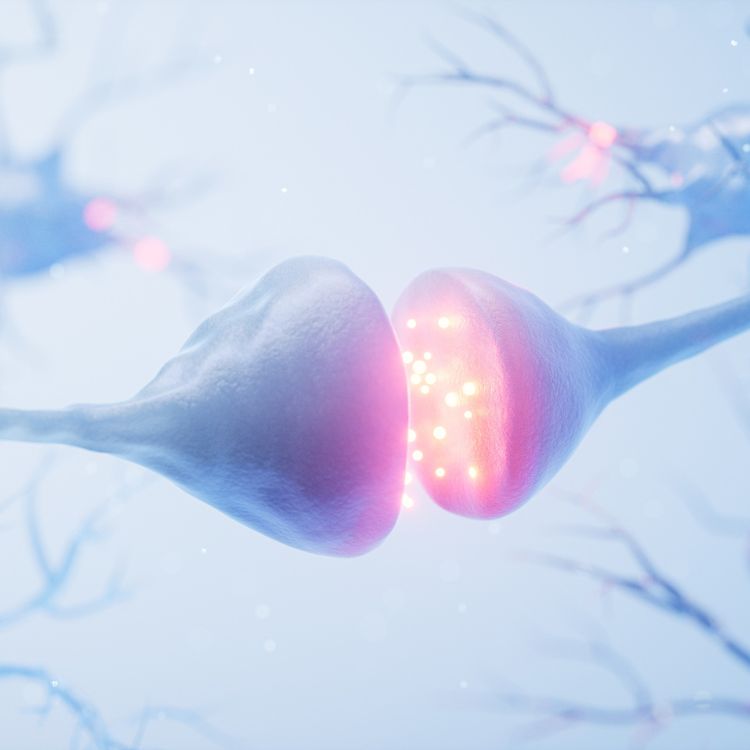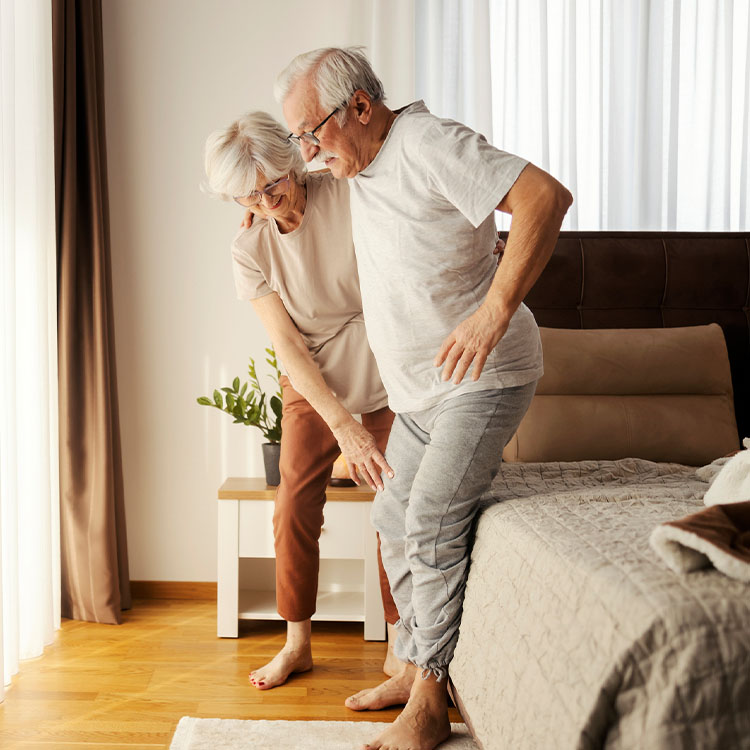Causes of Spinal Stenosis
Spinal stenosis happens when the spaces in your spine begin to narrow, creating pressure on the spinal cord or surrounding nerves. This can lead to pain, tingling, or stiffness in the lower back or neck.
There are a few different reasons this narrowing can occur. For some people, it’s something they’re born with. Conditions like scoliosis or achondroplasia, or simply having a naturally narrow spinal canal, can increase the risk of developing symptoms over time. But more often, spinal stenosis develops as a result of aging. As we get older, the spine can go through changes that cause it to break down or stiffen. Bone spurs may form, ligaments may thicken, or spinal discs may bulge or herniate—any of which can press on the nerves and lead to discomfort.
Spinal injuries, whether from trauma or previous surgeries, can also lead to narrowing in the spinal column. In rare cases, tumors growing within or near the spine place pressure on surrounding nerves, mimicking the symptoms of spinal stenosis. Identifying the underlying cause is key to determining the most effective treatment approach.
How to Tell if You Have Spinal Stenosis
Spinal stenosis is the narrowing or blocking of one or more spaces in the patient’s spinal canal. Less space within the spinal canal cramps the spinal cord, stressing the nerves that branch off it. A tightened spinal canal may cause the nerves or spinal cord to become irritated, pinched or compressed, resulting in back pain and other nerve issues, such as sciatica. In severe cases, known as cauda equina syndrome, symptoms may include loss of bowel or bladder control, sexual dysfunction, or significant loss of sensation in one or both legs. This makes it a serious health condition.
When spinal stenosis develops in the upper spine, discomfort often presents in the shoulders or arms. Weakness, tingling, or numbness may gradually worsen, affecting mobility and daily activities. Regardless of location, symptoms often start mild and progress over time, making early detection and treatment essential.
Spinal stenosis often develops gradually over time, and some patients may not exhibit symptoms even if the condition shows up on x-rays or other imaging systems. Symptoms may also affect each patient differently.
How Spinal Stenosis Is Diagnosed
Diagnosing spinal stenosis starts with a careful physical exam. Your doctor will check things like your muscle strength, flexibility, and whether certain movements cause pain or discomfort. To get a clearer picture of what’s happening inside your spine, imaging tests are often recommended. This may include an X-ray, MRI, or CT scan to identify where the spinal canal has narrowed and how much pressure is being placed on the nerves.
In some cases, more specialized tests (like a myelogram or bone scan) may be used to provide detailed insight into the spine’s structure and help rule out other possible conditions.
Spinal Stenosis Non-Surgical Pain Management Options Near You
Treatment for spinal stenosis is tailored to your specific symptoms and the root cause of the condition. For many people, relief can be found through conservative, non-surgical options.
Medications like anti-inflammatories or muscle relaxants can help ease pain, reduce swelling, and relieve stiffness. At the same time, physical therapy plays a key role in recovery, using guided exercises to strengthen muscles, improve flexibility, and correct posture to take pressure off the spine. If symptoms persist or worsen, more advanced treatments may be recommended. Epidural steroid injections and nerve blocks can calm inflammation around compressed nerves and offer temporary pain relief.
In some cases, minimally invasive procedures—such as interspinous spacers or lumbar fusion surgery—may be needed to create more room in the spinal canal and reduce nerve compression.






